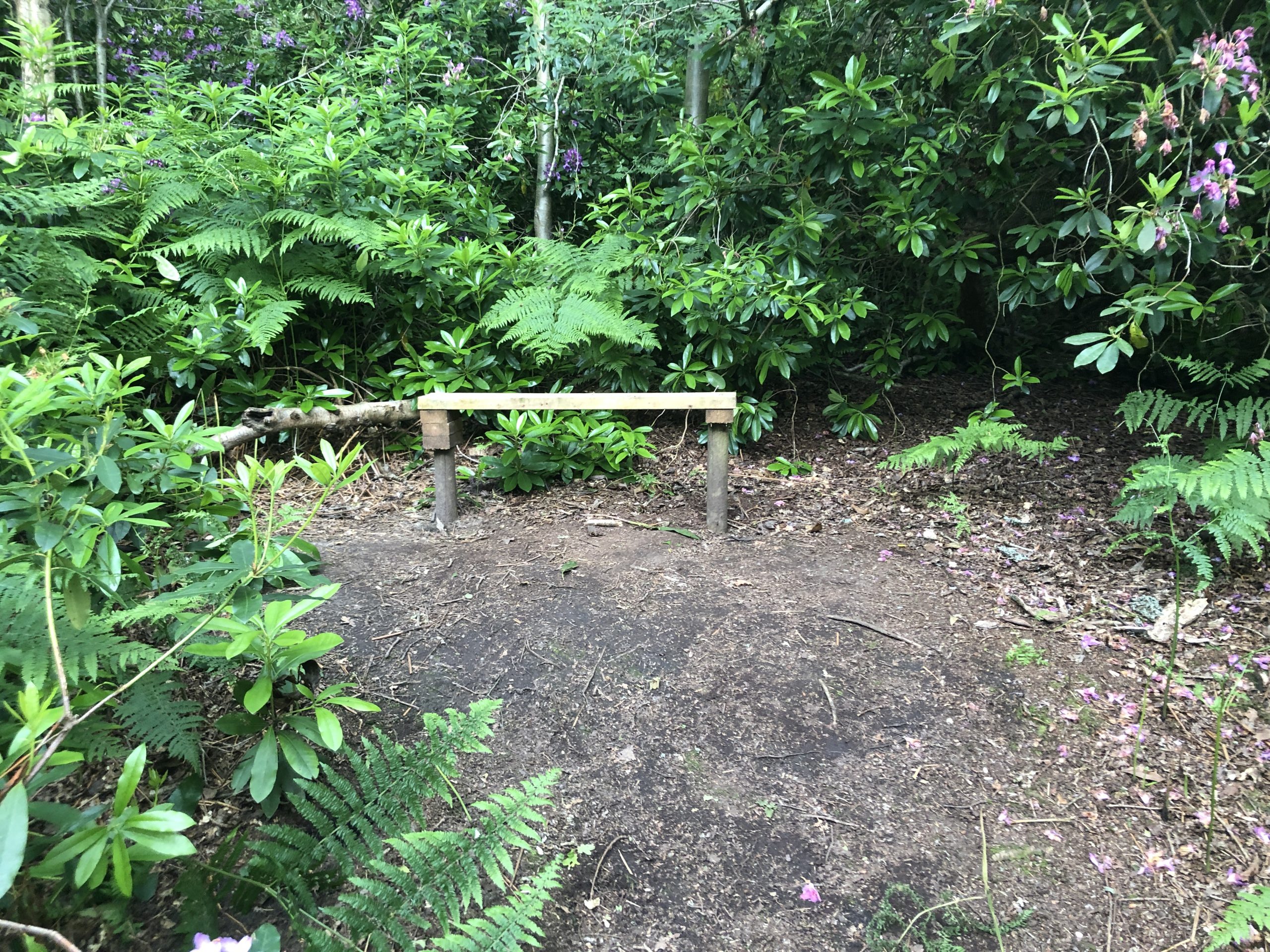Regeneration programs, often aimed at revitalizing urban areas or improving infrastructure and community services, have received mixed reviews depending on their execution and impact. Some individuals and communities view these initiatives positively, appreciating the investments into local neighborhoods, improvements in housing, transport, and public spaces, as well as the potential for increased economic opportunities and job creation. Successful programs often feature robust community involvement, ensuring that developments meet the needs of current residents and preserve elements of local heritage and culture.
However, regeneration efforts can also prompt concerns over gentrification, where rising property values and living costs might force existing residents out of the area. There is a risk that the original community character can be lost, replaced by more commercially-oriented developments that cater to higher-income groups. Additionally, if not managed well, these projects might only provide surface-level enhancements without addressing underlying socio-economic issues.
Overall, the success and perception of regeneration programs largely depend on how well they balance modernization with inclusivity and sustainability, ensuring that benefits are distributed fairly across the community.

Thank you for shedding light on the complex nature of regeneration initiatives. I appreciate your nuanced perspective on how these programs can benefit communities while also posing significant risks. One critical element to consider is the role of local governance and policy frameworks in shaping these initiatives.
Effective community engagement, as you mentioned, is vital; however, fostering genuine dialogue is essential to ensure that the voices of marginalized groups are heard and considered. Additionally, incorporating policies that protect long-term residents—such as rent control measures and community land trusts—can help mitigate the adverse effects of gentrification.
Furthermore, it’s important to evaluate the long-term sustainability of regeneration projects. Beyond immediate improvements in infrastructure and aesthetics, we should ask whether these programs will create enduring economic opportunities for all residents. Collaborating with local businesses and fostering entrepreneurship can be pivotal in creating an inclusive economy that benefits everyone.
In essence, regeneration should not just aim at physical refurbishment but also focus on enriching the social fabric of the community. Balancing modernization with an unwavering commitment to inclusivity could lead to more successful and truly transformative outcomes. What strategies do you think could be implemented to ensure that regeneration truly supports all community members?
Thank you for sharing such a comprehensive overview of regeneration initiatives! It’s a complex topic that truly requires a delicate balance between development and community integrity. One aspect worth highlighting is the importance of incorporating long-term community feedback mechanisms into these regeneration projects. By establishing advisory boards that include a diverse range of community voices—particularly those from historically marginalized groups—it can help ensure that the needs and concerns of all residents are heard throughout the entire process.
Moreover, alongside monitoring property values and rental prices, it’s equally essential to track the socio-economic impacts on residents. Implementing measures such as community land trusts or affordable housing mandates can protect against displacement and preserve the cultural fabric of neighborhoods. Ultimately, regeneration should not just be about creating attractive spaces but about enhancing the quality of life for existing residents. What do others think about the feasibility of incorporating such measures?